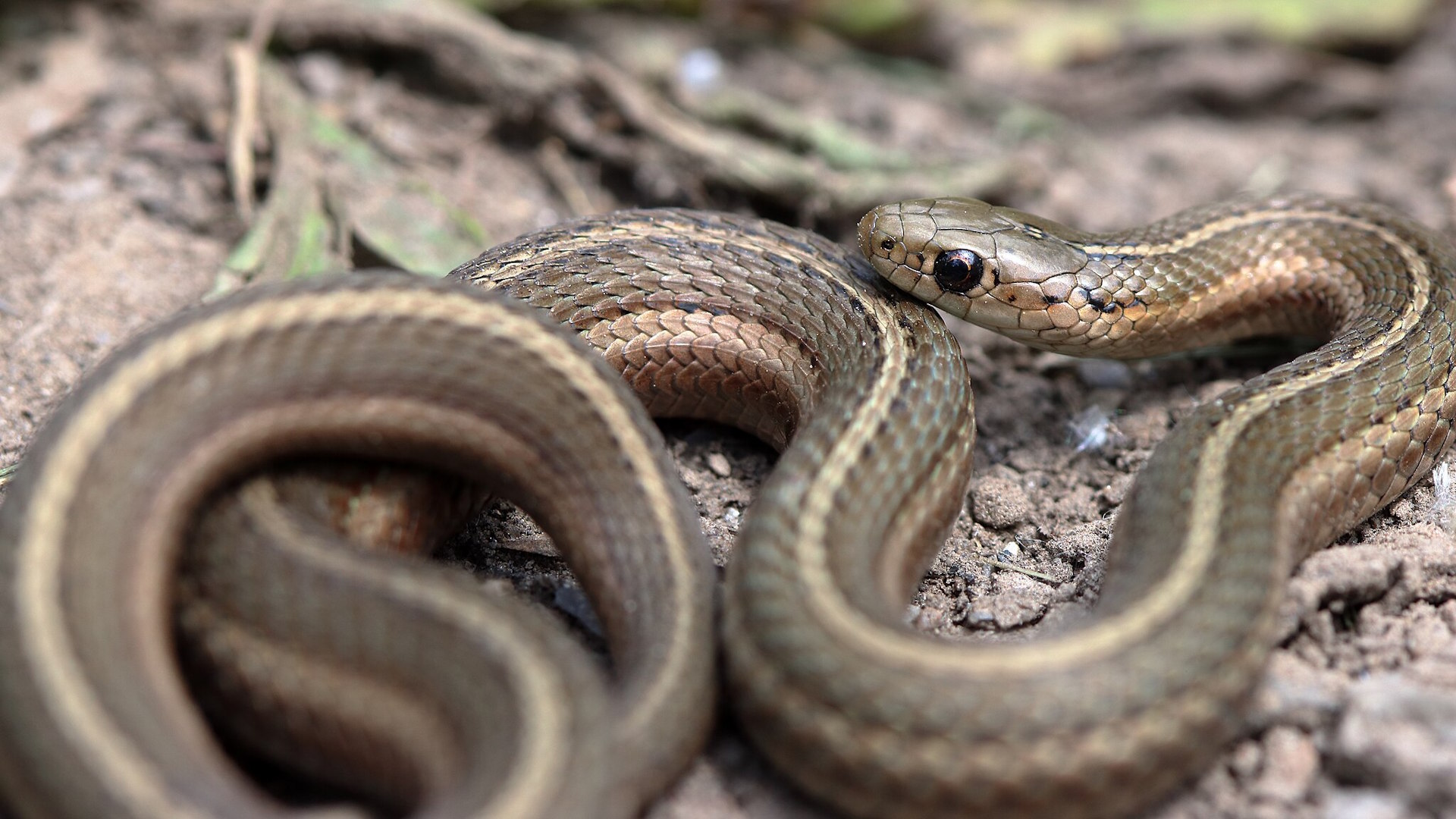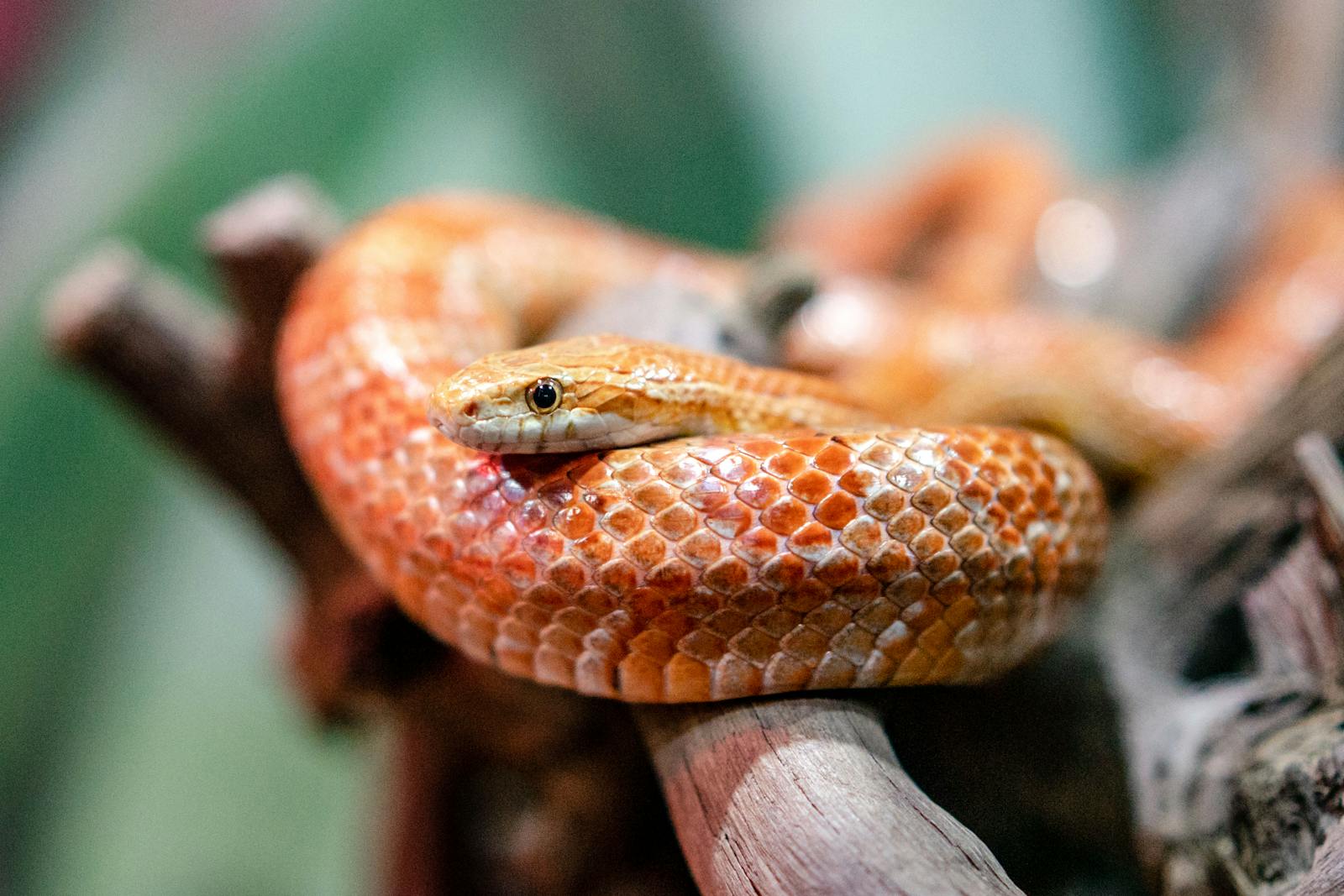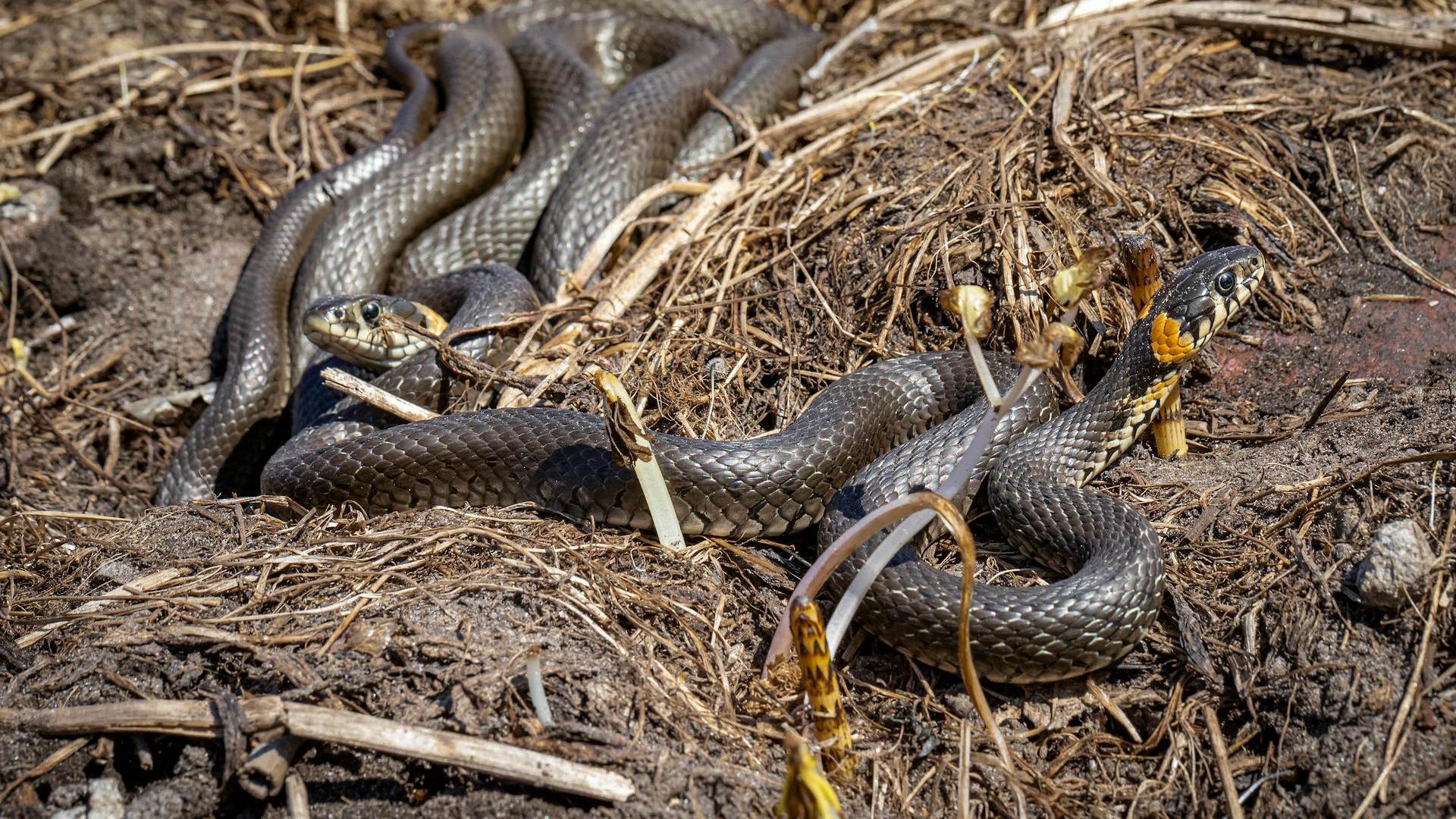In the mysterious world of reptiles, non-venomous snakes engage in complex communication systems that often go unnoticed by human observers. Despite lacking vocal cords and visible ears, these remarkable creatures have evolved sophisticated methods to share information, establish territories, find mates, and navigate their environments. Their communication encompasses chemical signals, physical movements, vibrations, and subtle visual cues that form an intricate language understood by their fellow serpents. By exploring these communication methods, we gain insight into the social lives of creatures often misunderstood as solitary or primitive. From the common garter snake to massive pythons, non-venomous snakes utilize varied communication strategies that have evolved over millions of years to help these remarkable reptiles thrive in diverse habitats worldwide.
Chemical Communication Through Pheromones
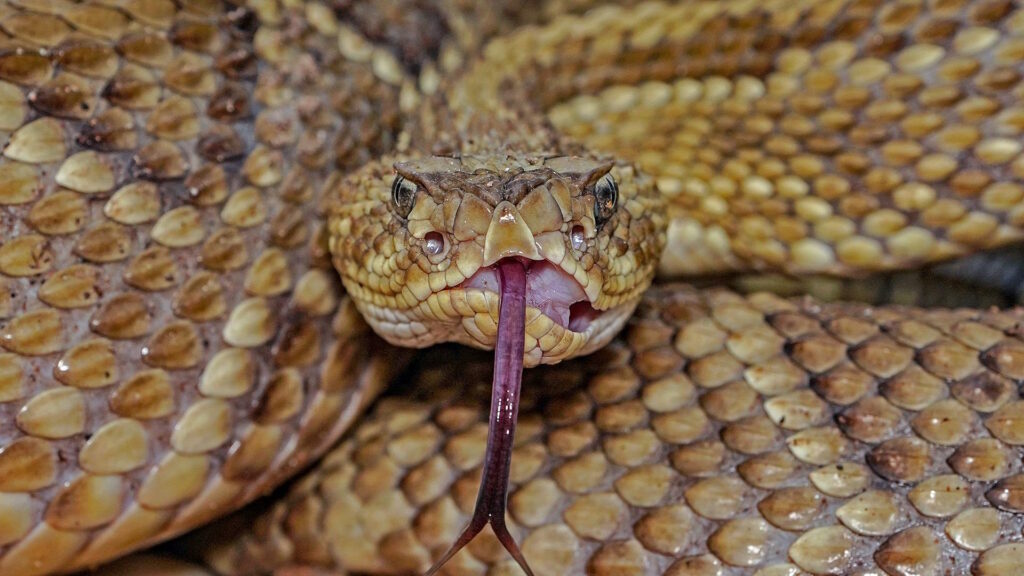
Chemical communication stands as the primary and most sophisticated form of interaction among non-venomous snakes. These reptiles possess a remarkable organ called the vomeronasal organ (Jacobson’s organ) located in the roof of their mouth, which detects chemical signals with extraordinary sensitivity. When a snake flicks its forked tongue, it’s actually collecting microscopic particles from the air and ground, which are then transferred to this specialized sensory organ for analysis. Female snakes release pheromones during their reproductive cycle that can attract males from remarkable distances, sometimes exceeding a mile in certain species. Beyond mating, snakes also use chemical signals to mark territories, identify family members, and even recognize their own scent trails to navigate familiar territory.
The Vomeronasal System: A Snake’s Chemical Detector
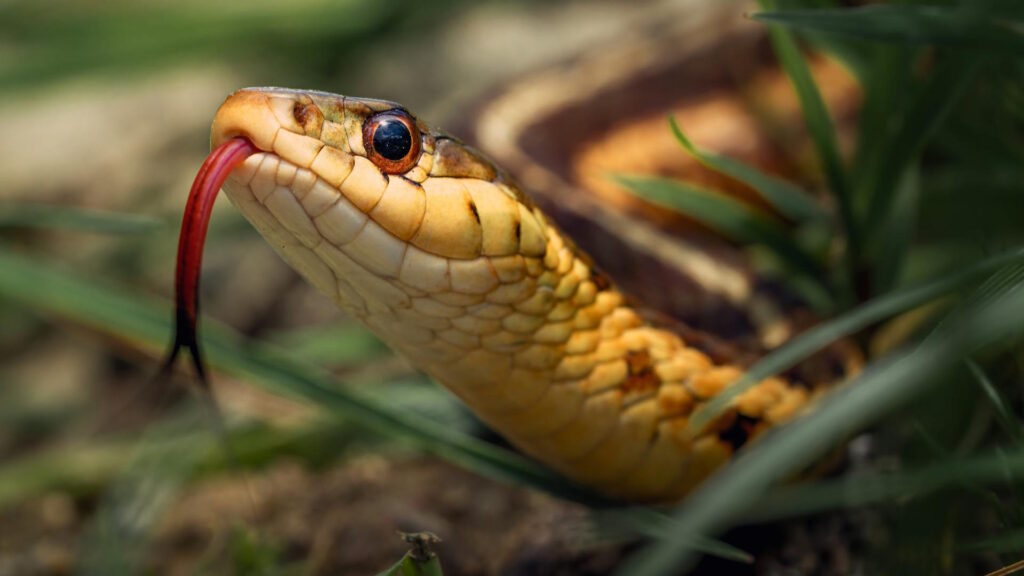
The vomeronasal system represents one of the most specialized sensory adaptations in the reptile world, functioning essentially as a secondary olfactory system dedicated to chemical communication. When a snake flicks its tongue, the two prongs collect different chemical samples, allowing the snake to create a directional “scent map” that helps determine the source of the chemical signal. Upon retracting its tongue, the snake transfers these chemical particles to the vomeronasal organ through small openings in the roof of its mouth. This system is so sensitive that some snakes can detect chemical concentrations as minute as a few parts per trillion, making it one of the most acute chemical detection systems in the animal kingdom. The vomeronasal system works continuously throughout a snake’s life, allowing it to build a complex chemical understanding of its environment and the other snakes within it.
Tactile Communication and Physical Contact
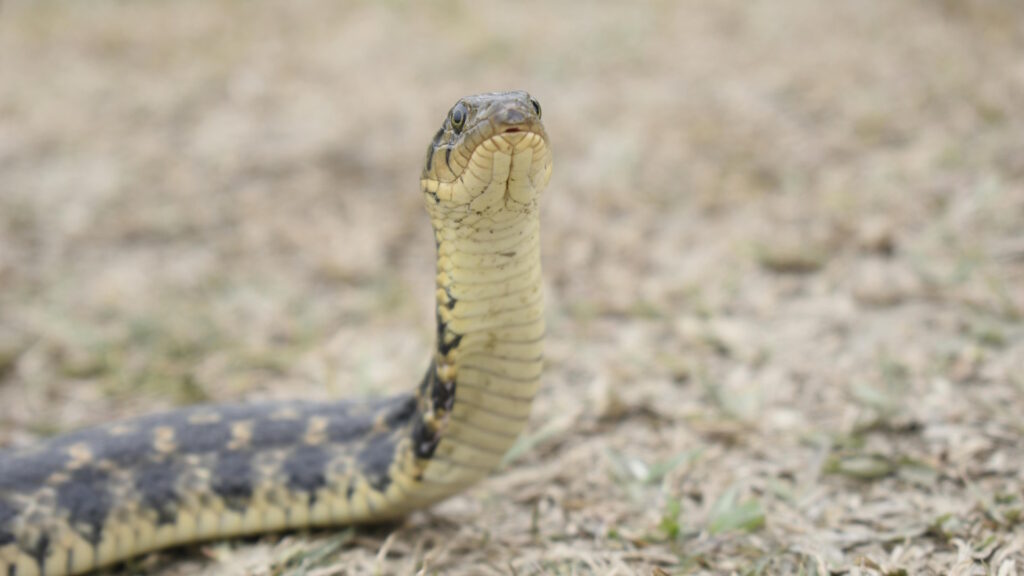
Despite their reputation as solitary creatures, many species of non-venomous snakes engage in significant tactile communication, particularly during mating season and in communal denning situations. Male garter snakes, for example, often engage in a behavior called “caudocephalic waving,” where they ripple their bodies against females as part of courtship rituals. During hibernation, species like rat snakes and racers may form aggregations called “hibernacula,” where dozens or even hundreds of individuals intertwine for warmth, exchanging physical cues about temperature regulation and space. Some species of pythons show remarkable maternal behavior, with females coiling around their eggs and using subtle body movements to communicate with their hatching offspring. These physical interactions create a complex language of pressure, temperature, and movement that snakes can interpret through their highly sensitive skin receptors.
Visual Signals and Body Language

While snakes lack the elaborate visual displays seen in some reptiles like chameleons or anoles, non-venomous species still utilize important visual signals to communicate with conspecifics. Male rat snakes and kingsnakes often engage in “combat dances” where they intertwine their bodies and attempt to press each other’s heads to the ground, communicating dominance without causing serious injury. Many colubrids display distinct color changes during breeding season, with males of some species developing more vibrant patterns to signal reproductive readiness to females. Some species like the hognose snake may flatten their necks or raise their heads in distinctive postures that serve both as anti-predator displays and as communication signals to other snakes. Even subtle body positioning, such as the way a snake coils or orients itself when encountering another snake, conveys important social information that experienced snakes can interpret.
Vibrational Communication Through Substrate
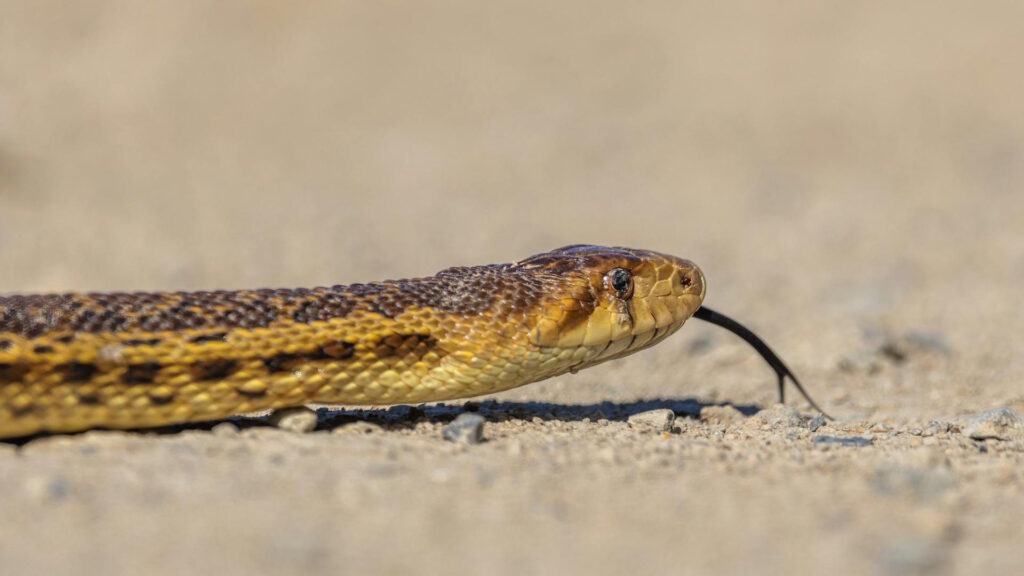
Many non-venomous snakes communicate through vibrations transmitted through the ground or other substrates, a sophisticated strategy that doesn’t require visual contact. When certain species of rat snakes or racers move rapidly across the forest floor, they create distinctive vibration patterns that can alert other nearby snakes to their presence. Some burrowing species like sand boas and blind snakes rely almost exclusively on substrate vibrations to detect both prey and conspecifics in their underground habitats. During mating season, male pythons may create specific vibrational patterns by muscle contractions, sending these signals through branches or the ground to advertise their presence to receptive females. These vibrations travel through different substrate types with varying efficiency, meaning snakes have adapted their communication techniques to the specific environments they inhabit.
Seasonal Communication Patterns
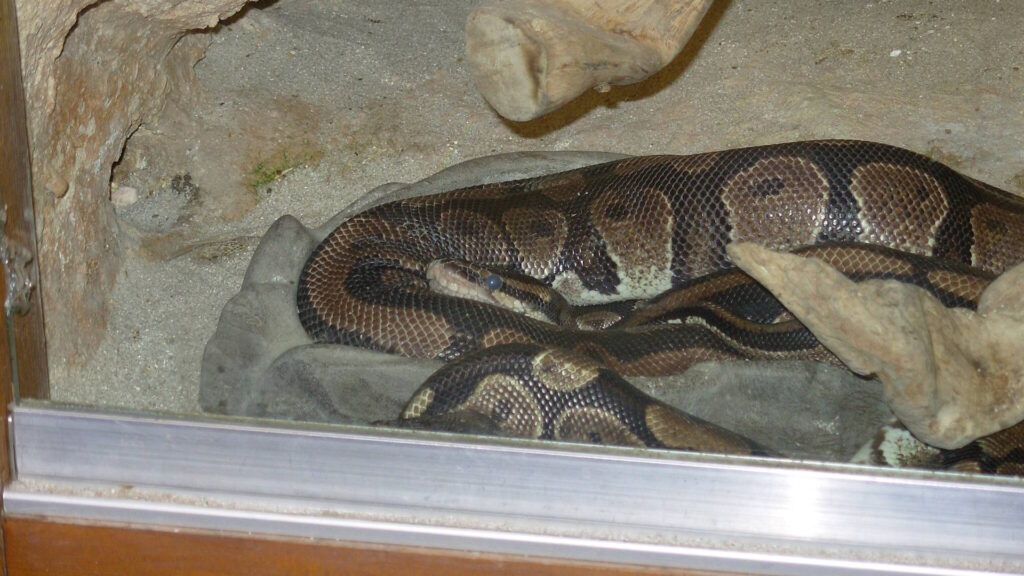
The communication strategies of non-venomous snakes show remarkable seasonal variation, with dramatic shifts corresponding to their annual life cycles. During spring emergence from hibernation, many temperate species engage in intense communication as they search for mates, with males producing specialized pheromones and engaging in increased physical interactions. Summer months often see a reduction in social communication as snakes focus on feeding and establishing individual territories, with chemical markers being refreshed periodically to maintain boundaries. Pregnant females in viviparous species like boa constrictors may communicate their reproductive status through specialized chemical signals that deter male advances and potentially signal to other females. As winter approaches in colder climates, communication again intensifies as snakes seek communal denning sites, following chemical trails left by other snakes to find suitable hibernation locations.
Mother-Offspring Communication
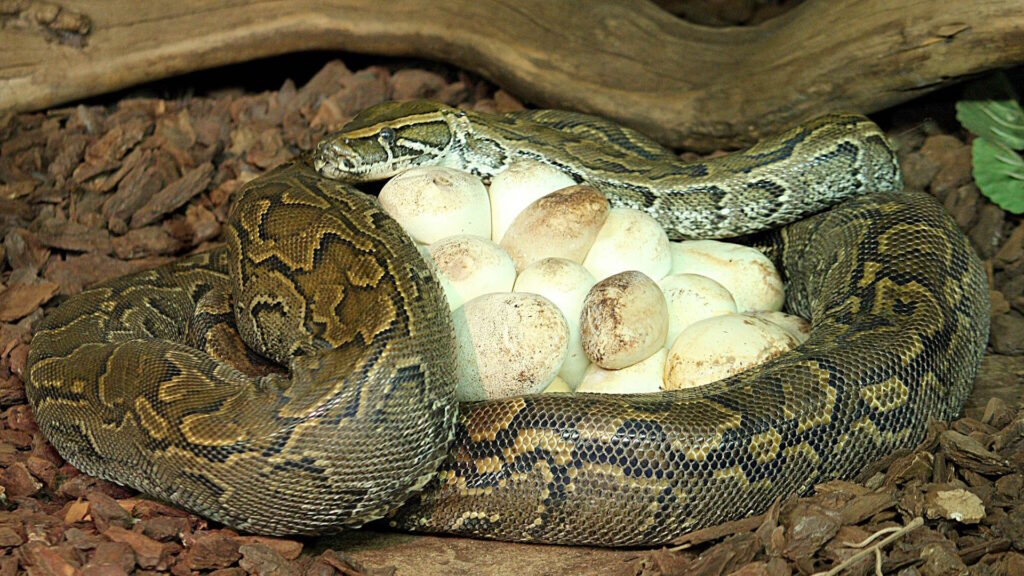
The myth that all snakes abandon their eggs immediately after laying has been thoroughly debunked by scientific research, revealing fascinating communication between mothers and offspring in many non-venomous species. Python mothers demonstrate remarkable maternal communication, coiling around their eggs for weeks or months and using subtle body movements and temperature adjustments to communicate with the developing embryos. King snakes and some rat snake species have been observed remaining near their egg clutches until hatching, responding to vibrations produced by hatching young with protective behaviors. In some live-bearing species like boa constrictors, mothers may produce specific pheromones that their newborns can recognize, helping the young snakes identify family members. These mother-offspring interactions demonstrate that snake social communication begins even before birth and can establish important behavioral patterns for young snakes.
Male-to-Male Competition Signals
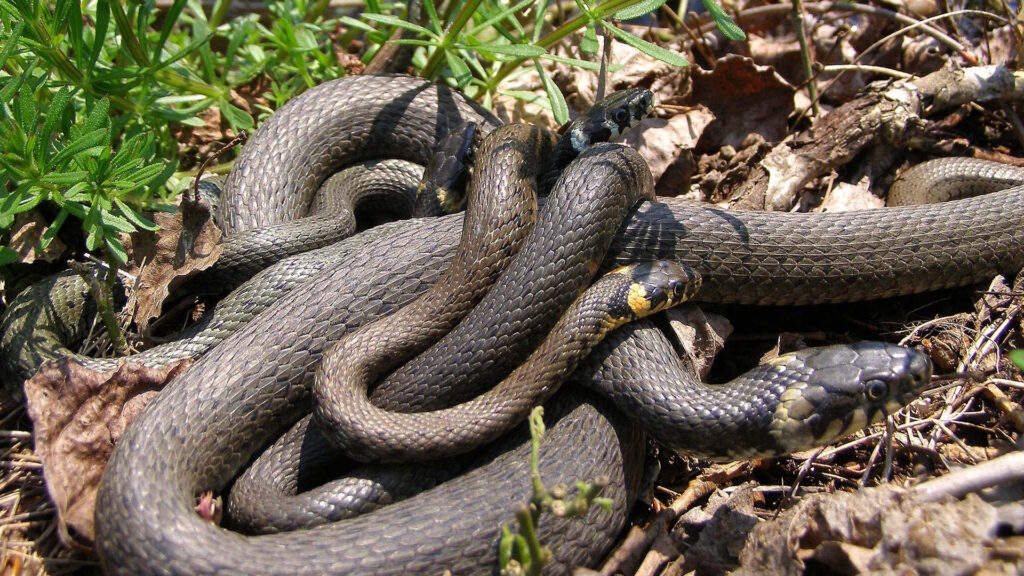
Male non-venomous snakes have developed specialized communication systems focused on establishing dominance and reproductive rights without lethal confrontation. During breeding season, male kingsnakes engage in ritualized combat dances where they elevate their heads and intertwine their bodies, communicating strength and dominance through a series of complex movements rather than biting. Many species produce specific male-only pheromones that signal their reproductive status and potential dominance to other males in the area. In communal species like some garter snakes, males establish dominance hierarchies through a combination of chemical cues and physical displays that determine mating privileges. These competition signals allow male snakes to resolve conflicts with minimal energy expenditure or risk of injury, representing a sophisticated communication system that has evolved specifically for reproductive success.
Species Recognition and Communication
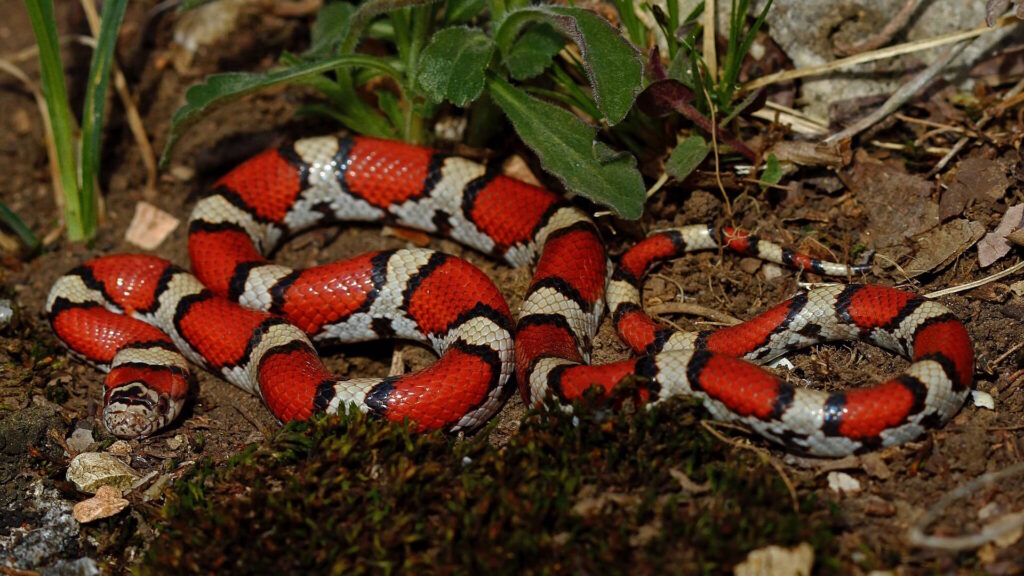
Non-venomous snakes have developed remarkably precise communication methods for identifying members of their own species, an essential adaptation in habitats where multiple snake species coexist. The chemical signature of each snake species is unique, containing specific pheromone compounds that immediately identify an individual as a potential mate, competitor, or simply another species to be ignored. Visual recognition plays a critical role in species with distinctive patterns, such as kingsnakes or milk snakes, whose bold coloration serves both as warning to predators and as identification for conspecifics. Some closely related species that occasionally hybridize, like certain rat snake complexes, have developed subtle differences in their courtship behaviors that help maintain species boundaries. This sophisticated species recognition system prevents wasted energy on interspecies interactions while facilitating appropriate social and reproductive behaviors with compatible individuals.
Thermoregulatory Communication

Being ectothermic creatures, non-venomous snakes have developed specialized communication related to temperature regulation, particularly in species that engage in communal basking or denning. When spring temperatures fluctuate, garter snakes emerging from hibernation communicate optimal basking spots through chemical trails, leading to aggregations where body heat is collectively maintained. In large hibernacula, where hundreds of snakes may gather for winter, there exists a complex system of movement and positioning communication that helps maintain optimal temperature gradients within the den. Pregnant females of many species produce specific chemical signals that cause other snakes to give them preferential access to prime basking spots, facilitating proper embryonic development. These thermoregulatory communications represent a fascinating adaptation where social information directly impacts physiological processes essential for survival.
Alarm and Danger Signals
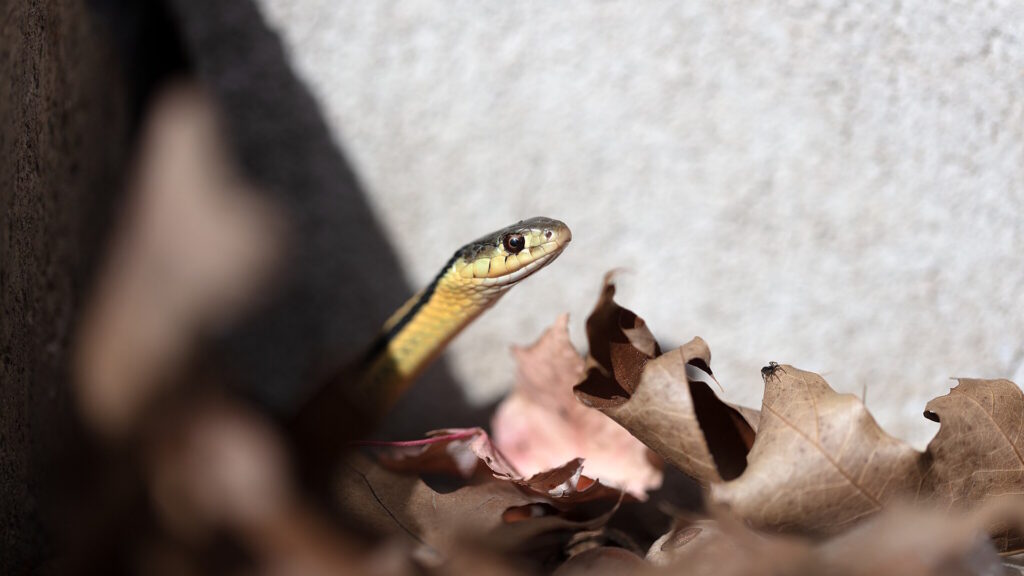
When threatened, non-venomous snakes communicate danger to conspecifics through several specialized signaling methods that have evolved for group safety. Many colubrid species release specific cloacal secretions when frightened, creating a chemical alarm signal that alerts other nearby snakes to potential threats in the environment. Some communal species, like certain garter snakes, respond to predator attacks with rapid, erratic movements that serve both as individual escape tactics and as visual warnings to other snakes in the vicinity. In species that hibernate communally, a disturbed snake may transmit vibrations through the hibernaculum that trigger defensive responses in dozens of other individuals simultaneously. Research has shown that naive juvenile snakes can learn to recognize predator scents more effectively after exposure to these alarm signals from experienced adults, demonstrating a form of social learning through chemical communication.
Environmental Factors Affecting Communication
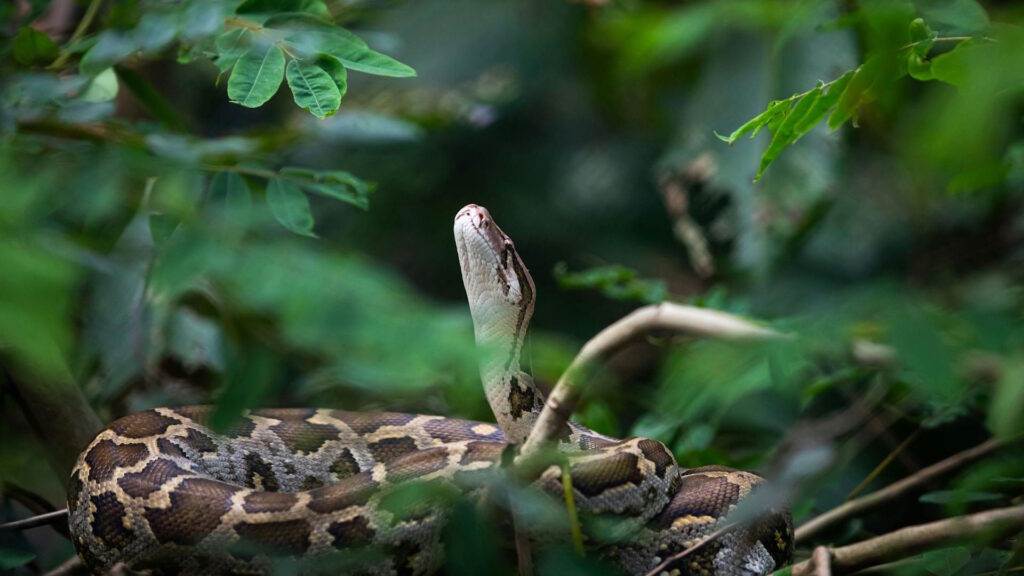
The effectiveness of non-venomous snake communication varies significantly depending on environmental conditions, with snakes adapting their strategies accordingly. Humidity levels dramatically affect pheromone dispersal, with many species increasing chemical signal production during higher humidity periods when molecules travel more effectively through the air. Temperature gradients influence vibrational communication, as substrate density and conductivity change with temperature, requiring snakes to modify the intensity and frequency of their movements. Snakes living in densely vegetated habitats rely more heavily on chemical and vibrational communication, while those in open environments may utilize more visual signaling. Seasonal changes in foliage, ground moisture, and ambient temperature create a constantly shifting communication landscape that snakes must navigate, demonstrating the remarkable adaptability of their communication systems.
Evolution of Snake Communication Systems
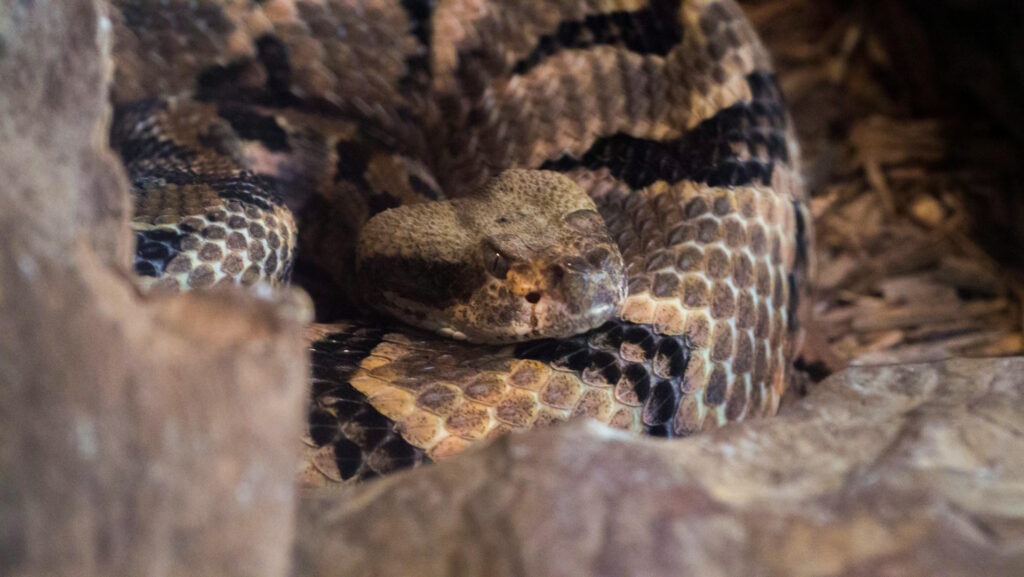
The sophisticated communication methods observed in modern non-venomous snakes represent the culmination of millions of years of evolutionary refinement. The vomeronasal system that forms the cornerstone of snake chemical communication evolved from more primitive sensory structures present in early reptiles over 100 million years ago. Species that evolved in isolation, like island-dwelling boas, often display simplified communication patterns compared to mainland relatives that developed more complex systems in response to diverse ecological pressures. The transition from ancestral lizard-like visual displays to the more subtle communication methods seen in snakes parallels their evolutionary adaptation to fossorial and cryptic lifestyles. Interestingly, molecular evidence suggests that certain communication pheromones have been conserved across diverse snake lineages, indicating their fundamental importance to snake social behavior throughout evolutionary history.
Conclusion
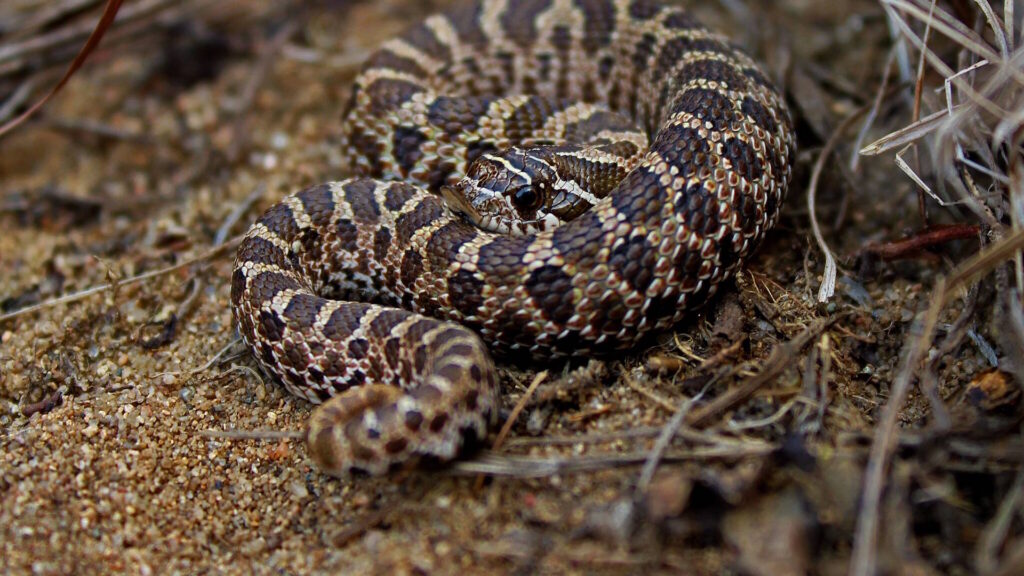
The world of non-venomous snake communication reveals a complexity that challenges our perception of these animals as simple, solitary creatures. Through chemical, tactile, visual, and vibrational channels, these remarkable reptiles maintain social structures, find mates, avoid dangers, and navigate their environments with sophisticated precision. Their communication systems demonstrate remarkable adaptation to diverse habitats and life histories, from the chemical trails of desert-dwelling sand boas to the complex aggregation behaviors of communal garter snakes. By understanding how these animals communicate, we gain not only scientific insight but also a deeper appreciation for the intricate social lives hidden beneath their scales. As research continues to unveil new aspects of snake communication, we’re reminded that even animals seemingly so different from ourselves engage in complex social exchanges that help them navigate their world with remarkable effectiveness.

